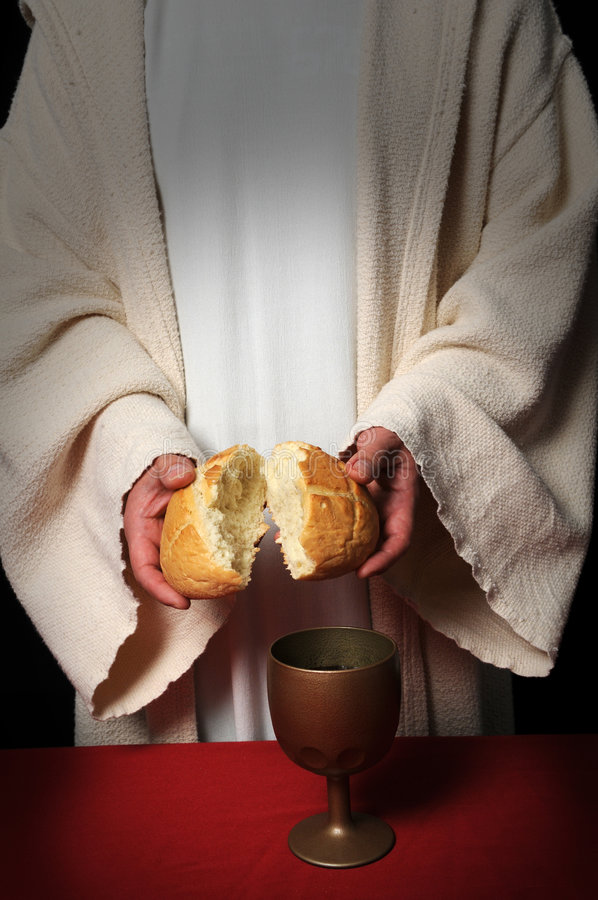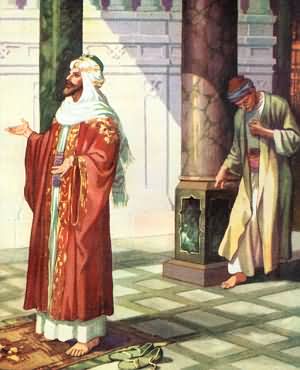Last week, on the Feast of the Holy Trinity, we reflected on ‘promises’
especially those from… God himself.
We focused on the one of Jesus in the last verse of the gospel of the day (Mt.28:16-20)
a promise assuring us:
”I am with you always; yes, to the end of time.”
Today, on the Feast of the Body and Blood of Christ we see this promise being realized.
Jesus has found a way – an extraordinary means – to be with us, and to remain with us, always.
He has made his presence REAL in this sign –
the sacrament of himself truly and unfailingly present to all that we live and experience.
We must say that his presence is not restricted to this single mode of the sacrament.
Jesus has said that he is with us when two or three of us are gathered in his name (Mt.18:20-22).
Long ago, the Psalmist has said that God is near the broken-hearted (Ps.34:18),
in other words: God is with us in our pain and suffering.
The words of Scripture also translate his presence to us.
When he came into our world, his name was already expressing this reality:
Emmanuel: God-with-us.
He can – and he does – remain with each one of us in the different situations of our lives
and the happenings in our world.
Today is a special occasion to remember it and to celebrate his promised realized.

 ed in two verses of the Psalms:
ed in two verses of the Psalms: